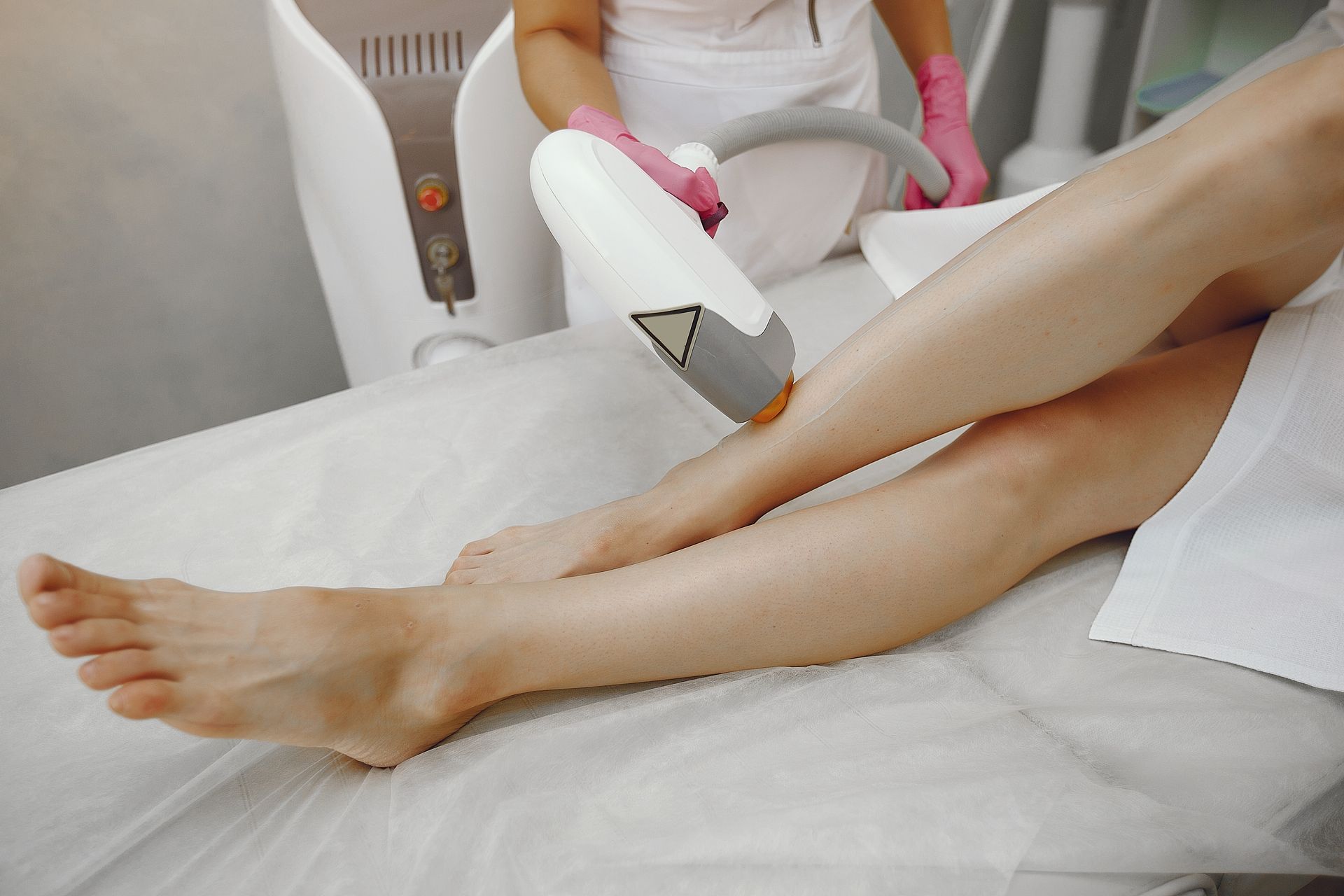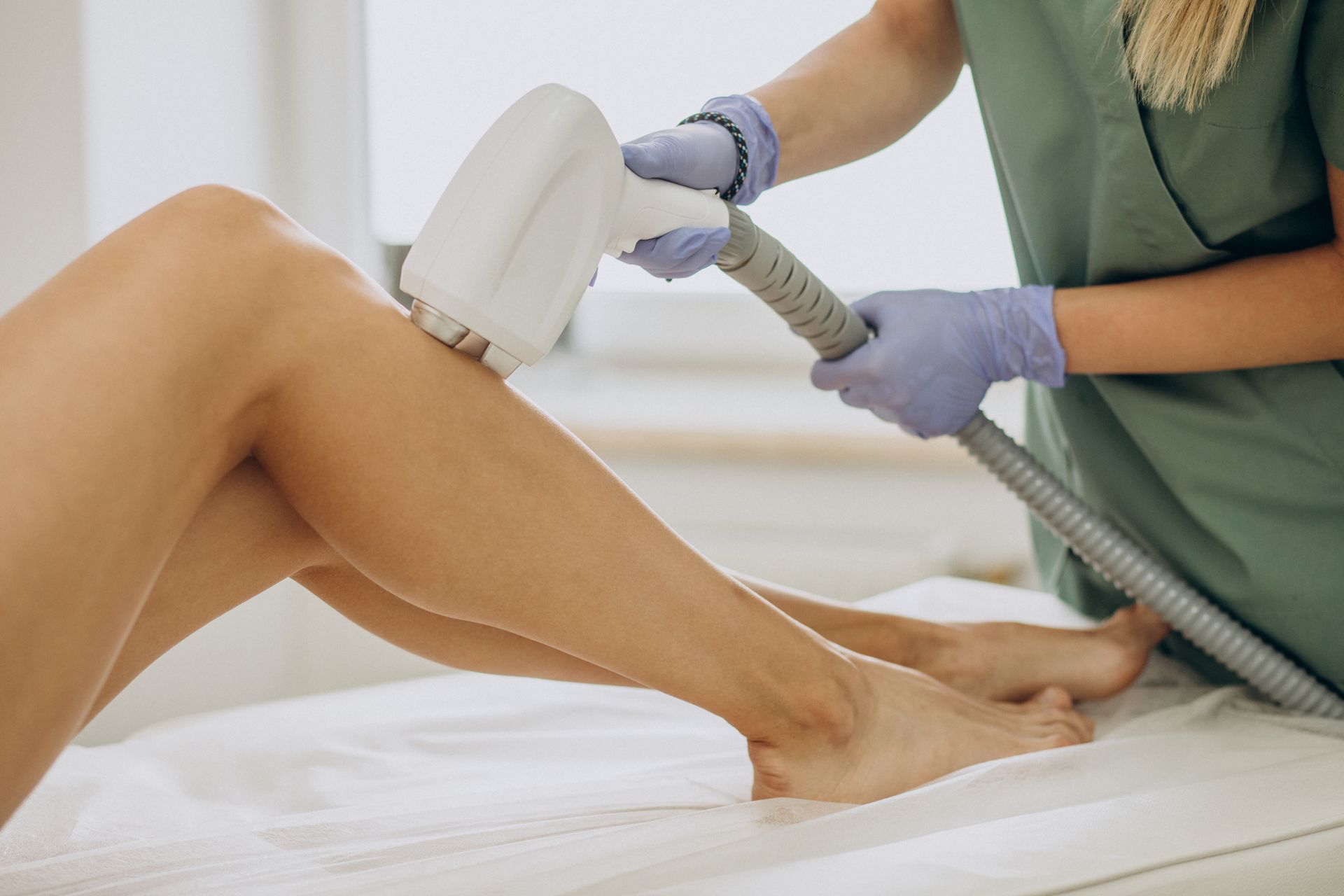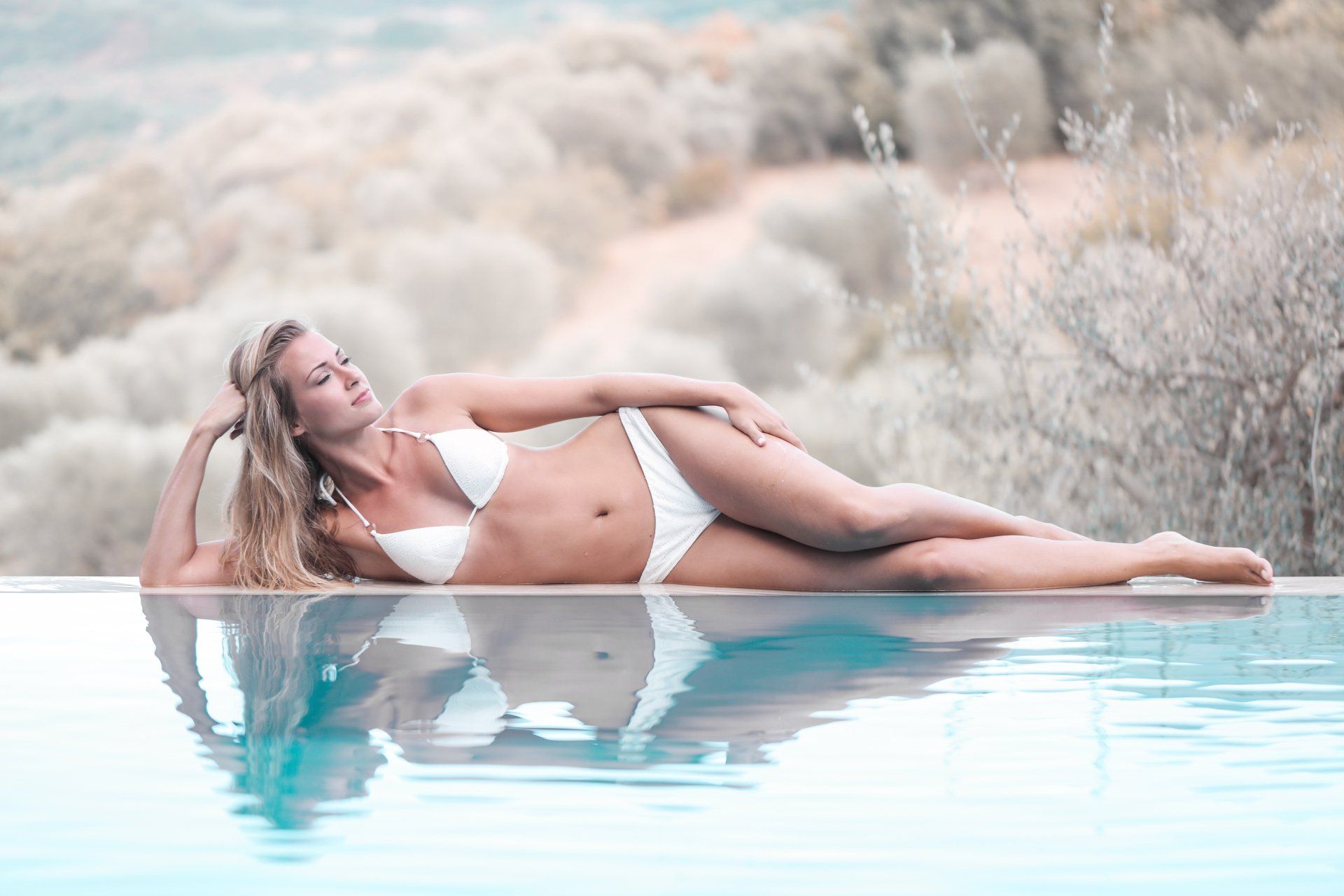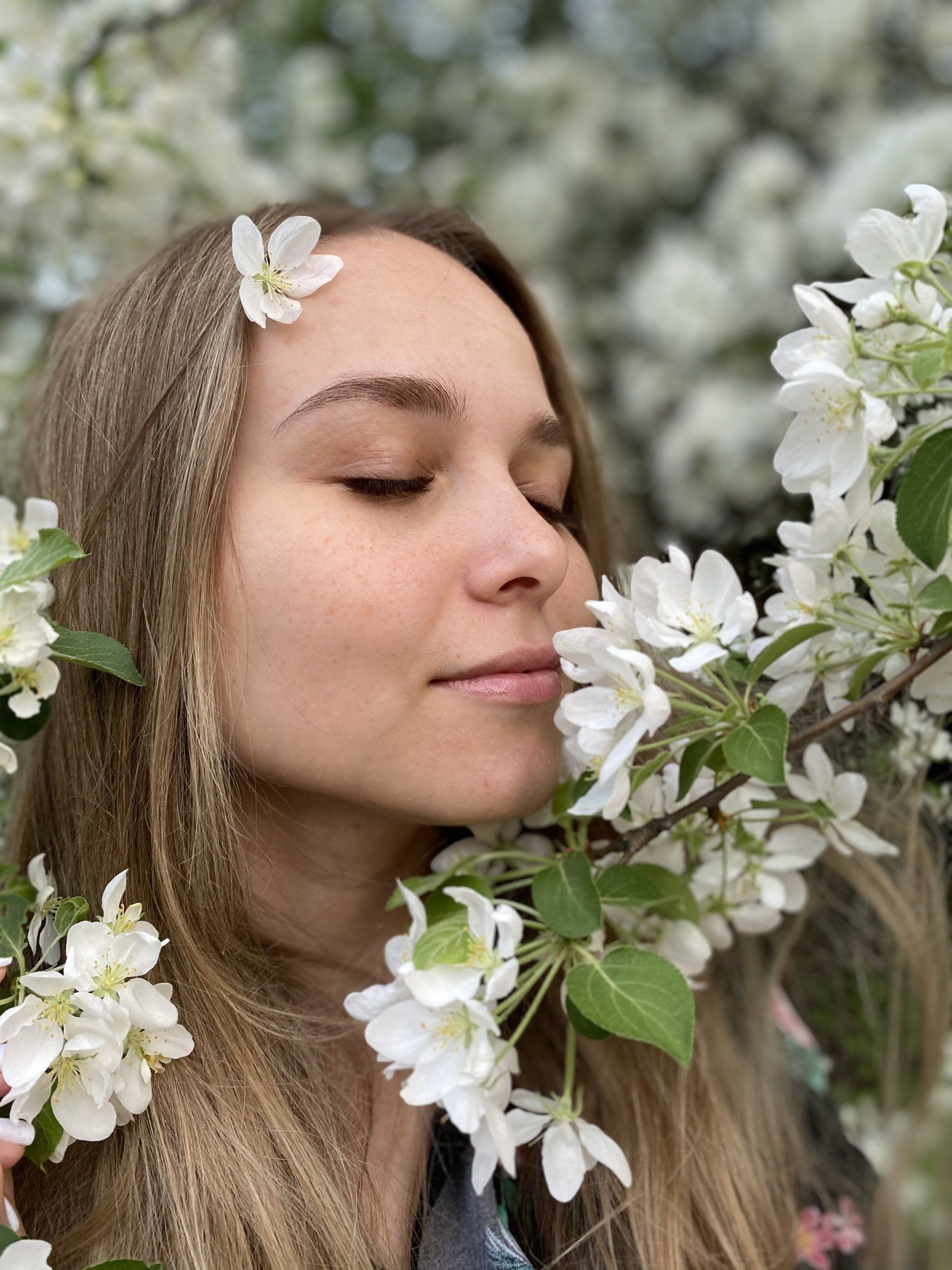How to deal with the symptoms of PCOS
Polycystic ovary syndrome (PCOS) is a common condition that affects how a woman’s ovaries work, causing irregular periods, excess androgens (male hormones), and polycystic ovaries.
Despite the name, PCOS is not caused by cysts, but enlarged fluid-filled follicles around the eggs.
These follicles are actually underdeveloped sacs where eggs can develop, but with PCOS, they frequently can’t release the egg. Without the egg, ovulation does not take place.
In the UK, it’s thought that it affects around 20% of the female population, and symptoms start to develop in the late teens and early twenties. However, over half of those affected are, in fact, asymptomatic.
What are the symptoms of PCOS?
[lgc_column grid=”65″ tablet_grid=”65″ mobile_grid=”100″ last=”false”]- Symptoms often include:
– irregular periods or no periods at all
– difficulty getting pregnant as a result of irregular ovulation or failure to ovulate
– excessive hair growth (hirsutism) – usually on the face, chest, back or buttocks
– weight gain
– thinning hair and hair loss from the head
– oily skin or acne
A correlation later in life has been found between PCOS and health problems such as type 2 diabetes and high levels of cholesterol.[/lgc_column][lgc_column grid=”35″ tablet_grid=”35″ mobile_grid=”100″ last=”true”]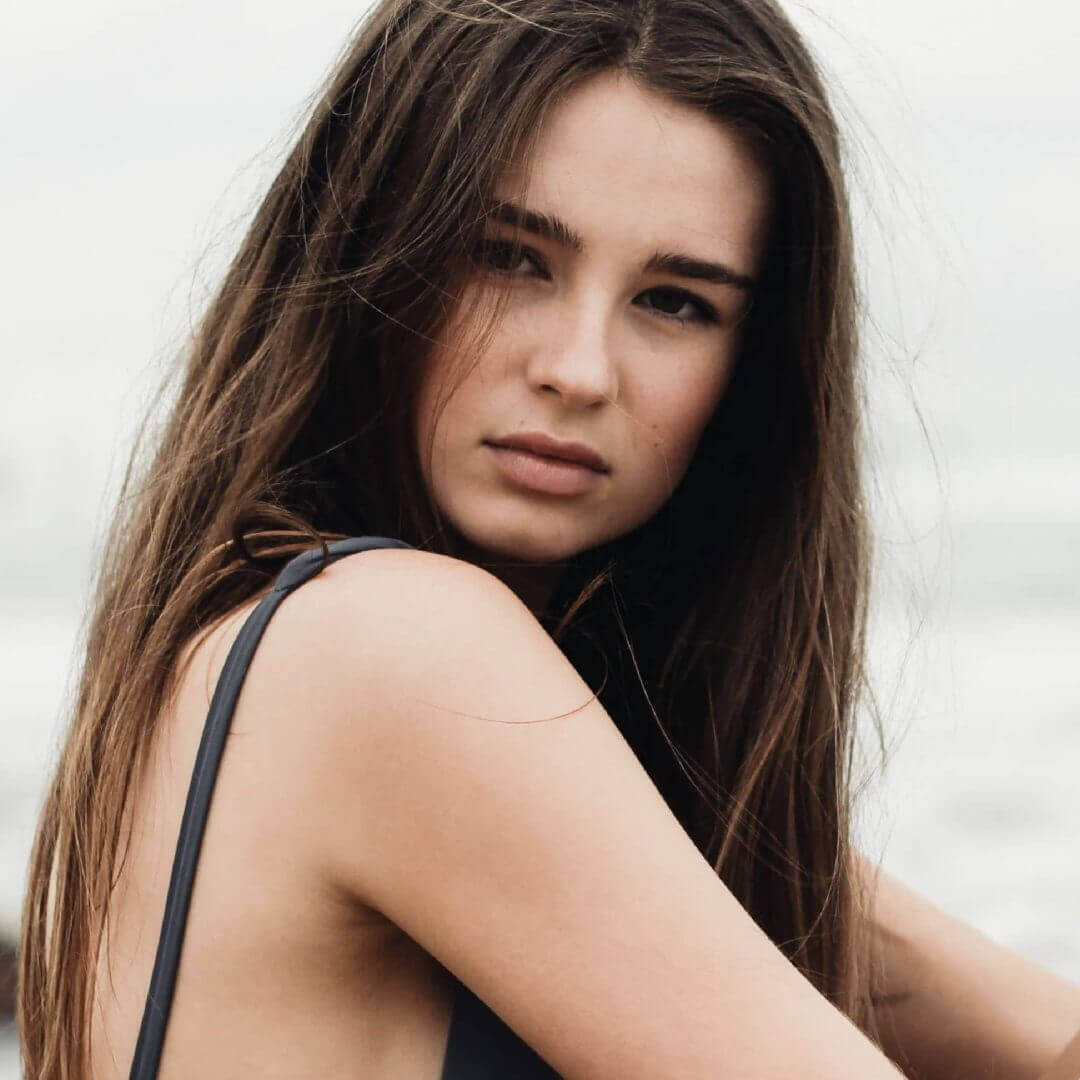 [/lgc_column]
[/lgc_column]
What causes polycystic ovary syndrome (PCOS)?
The exact cause of PCOS is unknown, but it’s connected to abnormal hormone levels in the body. For example, many women with PCOS are resistant to the action of insulin in their body and produce higher levels of insulin to overcompensate, which in turn leads them to produce more testosterone, which causes the excess hair.
This is where MySkin Laser Clinics can help you.
What can do I about my excess hair?
For around three quarters of women with Polycystic Ovary Syndrome, excessive facial and body hair (known professionally as hirsutism) is a cross to bear. Caused by the overproduction of hormones called androgens, it means that women often suffer the same hair patterns as men – with excessive hair growth on their face, neck, back and toes. Given that androgens are responsible for this pattern, they can also cause female pattern baldness.
Unfortunately, resolving this situation requires a rebalancing hormonal therapy, but there are ways to mitigate the situation, and we’ve listed a few of them below, each with their pros and cons:
[lgc_column grid=”50″ tablet_grid=”50″ mobile_grid=”100″ last=”false”]
– Shaving
Shaving is perhaps the most immediately effective way to counterbalance the effect but, as with men, care needs to be taken to avoid problems associated with shaving, such as ingrown hairs and razor bumps. This can be done by gently exfoliating, then using a good-quality shaving gel, sharp blades and a top-notch moisturising cream afterwards.
Shaving also needs to be done on a very regular, if not daily, basis to maintain a stubble-free appearance. Although there is something of an urban legend that shaving makes your hair grow back thicker, this is not the case and is more to do with optics and shaving technique than actual hair size.
Shaving is effective when done well and skincare is considered, but razor blades are something of a hefty investment and need to be replaced often. Another solution is…[/lgc_column]
[lgc_column grid=”50″ tablet_grid=”50″ mobile_grid=”100″ last=”true”]
– Hair-removing creams
These are perhaps the easiest solutions – a cream containing chemicals such as calcium thioglycolate or potassium thioglycolate, which penetrate into the hair shaft and dissolve it. They are simple to apply provided you follow the instructions, apply them for the recommended time and don’t use them on sensitive areas. With depilatory and bleaching creams it’s always better to have to reapply for a final hair removal, rather than going too mad and risking an adverse reaction.
Bleaching creams remove the pigment from hair, making it less visible to the naked eye, and are popular with women with darker hair as it’s one of the less invasive or painful treatments.
Both depilatory and bleaching creams should be tested before use, as they can often strip skin of moisture, which needs to be replaced after use with a good-quality moisturising oil or cream. A further option for treating excessive hair caused by PCOS is…[/lgc_column]
[lgc_column grid=”50″ tablet_grid=”50″ mobile_grid=”100″ last=”false”]
– Hormone treatment
This looks to rebalance one’s hormones chemically, and is most often used to treat the cause of hirsutism, rather than the symptoms, and as such is a medium- to long-term option requiring consultation with medical professionals.
In hormone treatment, anti-androgen drugs inhibit the production of testosterone while blocking the androgenic hormone receptors on hair follicles, stopping both the cause and the effect of the male hormone, and is an effective way to treat hirsutism at a hormonal level.
Another way to treat the cause is to increase the amount of female hormones and so decrease the proportion of androgens in circulation so that the latter are less effective, and is often done rather simply and effectively with the contraceptive pill.
Of course, any treatment like this should be done in consultation with your doctor, as there may be side effects. This brings us onto…[/lgc_column]
[lgc_column grid=”50″ tablet_grid=”50″ mobile_grid=”100″ last=”true”]
– Waxing
This can be effective for women with PCOS, but there is a risk, as with shaving, of ingrown hairs if not done professionally. Remember, when waxing yourself, pull the strip off in the opposite direction of the way hair is growing, and keep the strip close to your body. This will help ensure you get all of the hairs, leaving none behind that can become ingrown.
It is, however, inexpensive, and only needs doing every few weeks. We won’t mention the pain aspect – although many women find that the more frequently and regularly they wax, the less uncomfortable the process is – but it is worth mentioning the need to apply cold compresses, to moisturise well after the initial redness has subsided, and to wear loose clothes.
As cost-effective and lasting as waxing is, we’d recommend treating your excess hair with…[/lgc_column]
– Laser Hair Removal
This is our top tip for treating hirsutism caused by Polycystic Ovary Syndrome: with this treatment, our trained MySkin professionals apply an intense beam of laser light to an area of hairy skin, damaging the follicle, and 90% of hair does not grow back. The procedure is very long lasting, safe, and less uncomfortable than electrolysis.
You can expect a slight stinging sensation during the procedure, and there may be some short-term redness and swelling, but laser hair removal is – for us – the way forward in terms of value for money, results and comfort. Find out more about our laser hair removal services.
[lgc_column grid=”35″ tablet_grid=”35″ mobile_grid=”100″ last=”false”] [/lgc_column][lgc_column grid=”65″ tablet_grid=”65″ mobile_grid=”100″ last=”true”]
[/lgc_column][lgc_column grid=”65″ tablet_grid=”65″ mobile_grid=”100″ last=”true”]
Why come to MySkin Laser Clinic?
At MySkin, we know the importance and the benefits of having good skin and therefore always ensure all our treatment plans are tailored to you and what your skin needs, using only the most scientifically advanced techniques to help clients achieve their hair removal and skincare goals.
Experience and skill is key here, as the contrast in colour is what allows the laser to pick out and target the hair roots and follicles. Your skin tone will therefore decide the type of laser used, and at MySkin we’re highly experienced in dealing with both light and darker skin tones and have top-notch Candela technology to do so.
We specialise in laser hair removal treatments where we can achieve up to 95% hair reduction and can effectively treat a wide range of skin conditions. You want fantastic service and great results, and we can deliver – our reviews and return customers are proof enough of this.[/lgc_column]
Come and speak to one of our expert MySkin technicians on 0121 339 5855 today, or book a consultation online , and let us show you what we can do to help.
